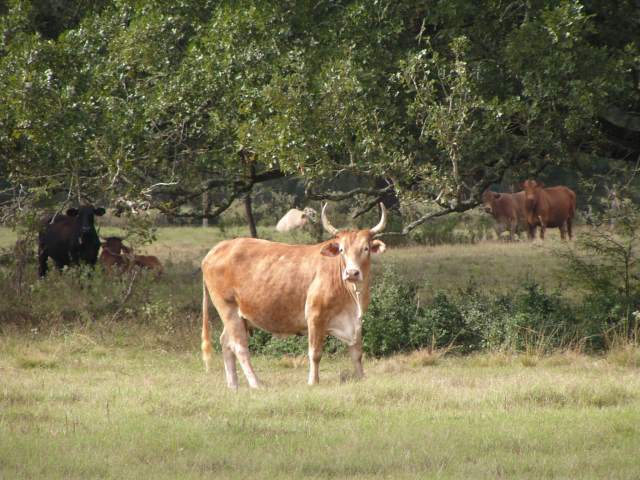If cull cow slaughter increases seasonally for the remainder of 2014, how will the wholesale market react? That’s the key question when deciding to sell or hold you cull cows.

Simple question; complicated answer. The question is this: should you sell your cull cows this fall or keep them over the winter and hope to catch an upswing in the market next spring?
And the answer? It depends on what everyone else decides to do.
While that may seem like a cop-out, it’s really not. According to CattleFax analyst Mike Murphy, paying attention to what the 90 CL trimmings market does this fall might be the tip-off you need to help find your answer. If enough producers look at what culls are bringing and decide to pocket the cash, we could see a sharp seasonal increase in cull cow slaughter this fall.
“If we get a pullback to the 90s market as we expect with a bigger cull cow slaughter, we’ll see these cows pull back,” he says. “If you’re looking at trying to carry those cows as you wean calves this fall into next winter, we see great value to that decision from a market perspective, just as we did coming from 2013 to 2014,” he says.
The question, then, is even though beef cow slaughter will increase seasonally, will cull cow prices bring enough cows to town to change the 90s market? Or will the lure of even higher calf prices next year encourage producers to “give the ‘ol gal one more chance” and keep open cows through one more breeding cycle?
Of course, the 90s market is affected by more than just domestic cow slaughter; imports of grinding beef from other countries play a role, too. Australia, in particular, has been in a heavy liquidation mode due to extreme drought in the northern parts of that island nation, which has increased its beef exports. How much longer Australia will have the cattle to liquidate and how soon it rains are key factors.
And finally, Murphy says, it also hinges on whether or not you have the pasture or hay to carry cows through the winter cost-effectively. “So the key is to do the math relative to your cost structure as you look at carrying cull cows this fall into next winter,” he says.
You might also like:
Young Cattle Company Is The 2014 National Stocker Award Winner
65 Photos That Celebrate Cowgirls & Cattlewomen
About the Author(s)
You May Also Like



